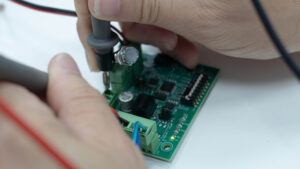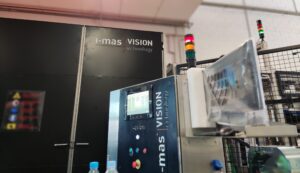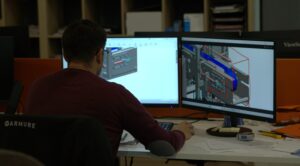Product design is a key process in the development of any innovation, but it is also a path full of challenges and possible mistakes. From the conception of the idea to manufacturing and commercialization, there are failures that can compromise feasibility, cost and market success.
In this article, we explore some of the most common mistakes in product design and how to fix them effectively.
Lack of market research
One of the most common mistakes in product design is not conducting adequate market research before starting development. Many companies invest resources in the creation of a product without first validating whether there is a real demand or whether it meets the needs of the end user.
Before starting the design, it is essential to carry out market research, interviews with potential customers and an analysis of the competition. The use of methodologies such as design thinking can help to empathize with users and detect real opportunities for innovation within industrial design.
Designing a product without considering its manufacturability
The design of a product may be visually appealing or functional in theory, but if its manufacturability is not considered from the outset, problems may arise that make the process more expensive or make mass production difficult.
Include manufacturing and industrial design engineering experts from the beginning to assess the feasibility of the design. The use of tools such as Design for Manufacturing (DFM) allows optimizing production by reducing costs and avoiding costly rework in advanced stages of development.
Failure to perform sufficient testing and prototyping
Another common mistake is to try to accelerate the development process without testing or prototyping. This can lead to defects in the product that are only discovered at later stages or, even worse, when it is already in the hands of the consumer.
Implementing a rapid prototyping cycle that allows iterating on the design and validating its functionality before mass production is essential. Technologies such as 3D printing and early stage user testing help to reduce risks and optimize the final product design.
Neglecting ergonomics and user experience
A product can fulfill its function perfectly, but if it is not comfortable, intuitive or attractive to the user, its adoption in the market may be limited. Often, design focuses on technical specifications and neglects the user experience.
An effective solution is to include usability testing from the early stages of design and work with designers who specialize in user experience (UX). Conducting surveys and tests with real users helps to identify interaction problems before launching the product to the market.
In short, we can say that the design of innovative products is a complex process in which it is easy to make mistakes. However, by anticipating these problems and applying appropriate methodologies, it is possible to minimize risks and increase the probability of success. From market research to manufacturability, each stage must be approached with a well-defined strategy to ensure a final product that is functional, cost-effective and aligned with user needs.
At i-mas we have more than 20 years of experience in the sector and a team of more than 70 qualified professionals that will accompany you in every step of the process, ensuring that your designs are effective, functional and competitive.
Ready to take the next step?
We want to meet you!



